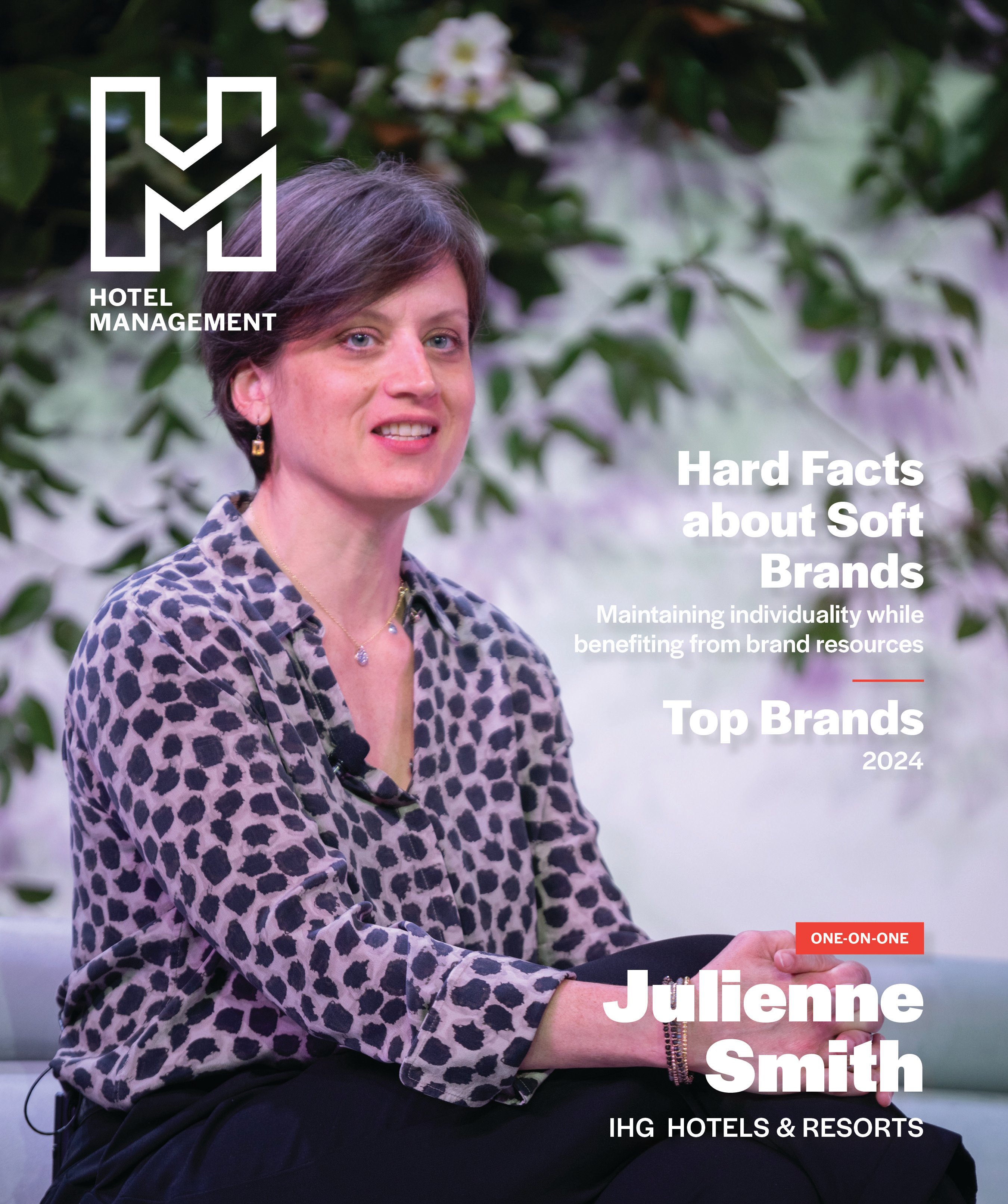According to Flood Defenders, flooding is the number one risk to businesses in the U.S. Approximately 99 percent of U.S. counties have flooded in the past 10 years. Flooding is already widespread across the country and unfortunately experts predict that climate change and urbanization will only lead to more frequent and more severe storms.
It’s not great news for the hospitality and accommodation industry, either. Hotel properties are often situated in higher risk locations. Attractive coastal and riverside locations where they reside are great for attracting guests, but they can make it more difficult to secure insurance coverage. Analysis from 2019 suggests that as much as 31.3 percent of all U.S. hotels are located in low-lying coastal areas.
The U.S. Flood Insurance Gap
The impact that storms have on people, businesses and the communities they support can be profound. Data from 2021 put the cost of an average storm year at $15 billion. Unfortunately, only one-third of that is insured. That’s thousands of people left to pick up the bill for events outside of their control.
It is becoming more expensive, and more difficult, to find adequate protection. Limitations with the National Flood Insurance Program (NFIP) mean that many items that need protection aren’t covered, including critical business income coverage. Plus, the $500,000 limits don’t suit the needs of larger, more established hotels. The private insurance carriers they might turn to for relief rely on complex assessments of the damage that flooding might cause. The claims processes are long and expensive. The result is punitive pricing, increasingly large deductibles and even refusal to offer coverage to businesses at higher risk.
According to FloodFlash research carried out in 2021, 14 percent of U.S. hotel managers worried about flooding don’t have comprehensive flood insurance for their business. The businesses that want to survive the next storm that comes their way need better options.
Parametric Insurance
Hotels that have struggled to secure insurance that meets their needs may feel left behind. The good news is, there are options. Property resilience can help protect from lower level flooding and the NFIP is in place for the first $500,000 of losses. For hotel managers who want higher limits, or compensation for business interruption, a more suitable form of insurance has emerged.
Parametric insurance is a little different from lot of traditional insurance on the market. While parametric insurance has been around for many years, advances in data and tech have only made it work for businesses across the U.S. in the last few years.
Parametric policies pay claims based on an agreed parameter (otherwise known as ‘triggers’) being met. For example, the trigger for a FloodFlash policy is depth of flooding. The company attaches a smart sensor onto the insured property. When the sensor measures flooding at the hotel’s chosen trigger depth, the claim begins. There is no reason to visit the property, helping keep everyone safe during the storm.
The insured chooses a trigger depth and payout value before the claim based on their needs. This means that claims do not require adjustors visiting the hotel later, either. The hotel manager knows exactly how much money they will receive ahead of the claim being paid. Claims are therefore quicker and cheaper to administer as a result.
Perhaps the biggest benefit of this new form of insurance is that it can be used for any losses related from a flood. Managers can use it to plug gaps in existing insurance programs, like covering vehicles, landscaping, HVAC equipment or business interruptions. It can also be used as deductible coverage or to increase insurance limits as NFIP wraparound coverage. Where NFIP isn’t available, it can take over as the primary flood insurance option too. In more creative applications of the insurance, we have seen businesses fence off some of the insurance claim to use on discounts that entice customers back after a closure. As long as the spend can be linked back to the flood loss, it’s the insured’s call to use the money however they choose—unlike a more traditional flood insurance policy.
How Hotels Are Profiting from Parametric
A historic hotel near Comfort, Texas, had not experienced a flood loss in living memory. Despite that, they had found it difficult to secure effective coverage due to the flood risk coming from the nearby river. Elevation certificates show that many of the properties around the grounds had been raised to mitigate the flood risk and were therefore far more resilient to flooding.
The primary concerns for the coverage included property damage losses in relation to lender stipulations, and losses that occur from interruption to the business or non-property damage such as landscaping costs. The hotel worked with their insurance broker and FloodFlash to establish triggers for their policy that met their insurance needs. Now they are safe in the knowledge that if the creek overflows, they have the money that will ensure the hotel thrives for another 200 years.

